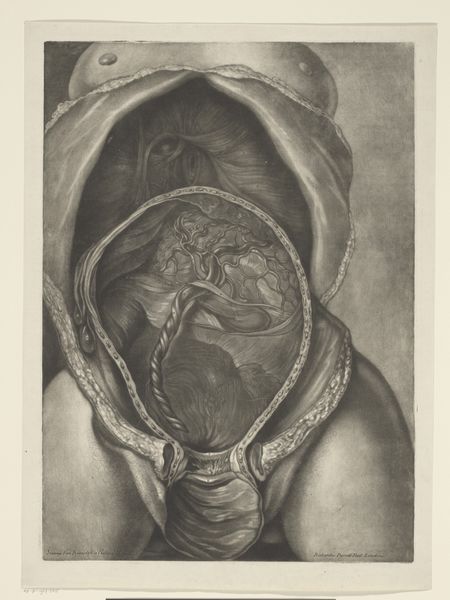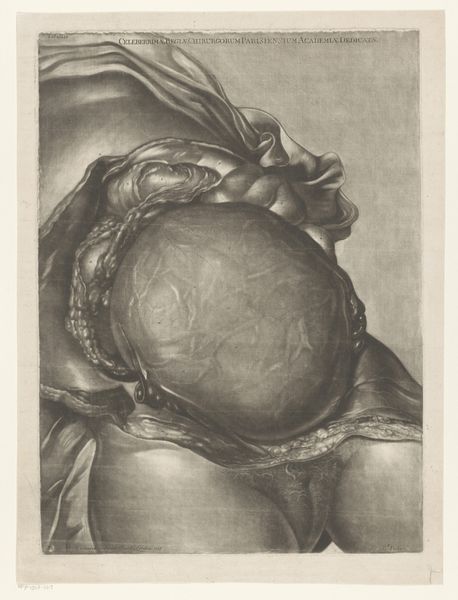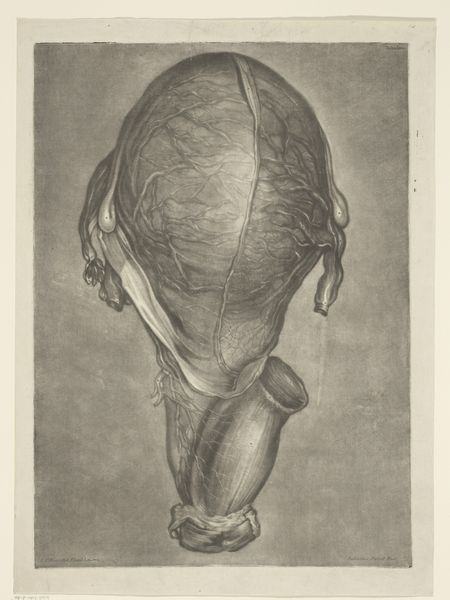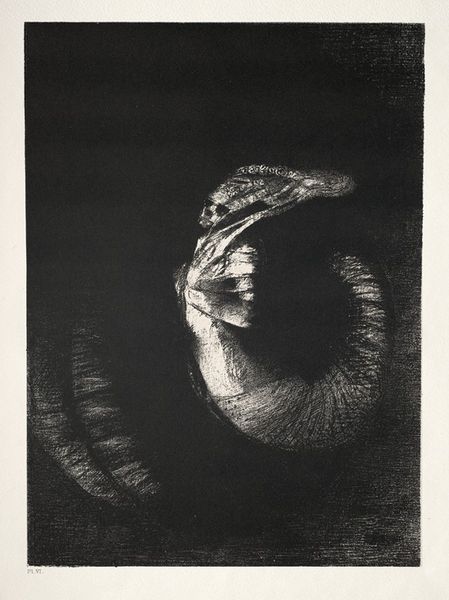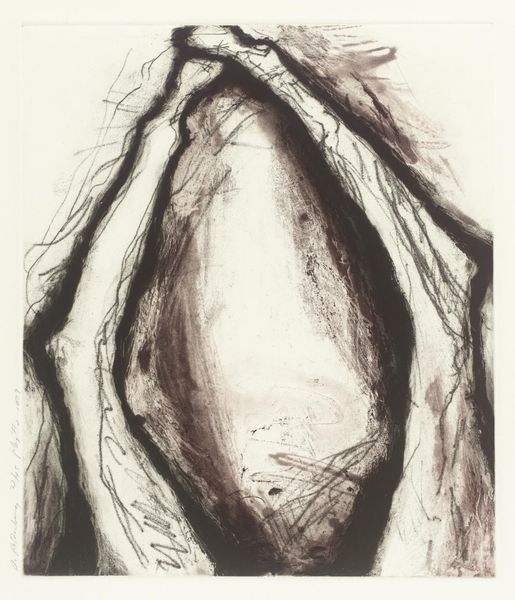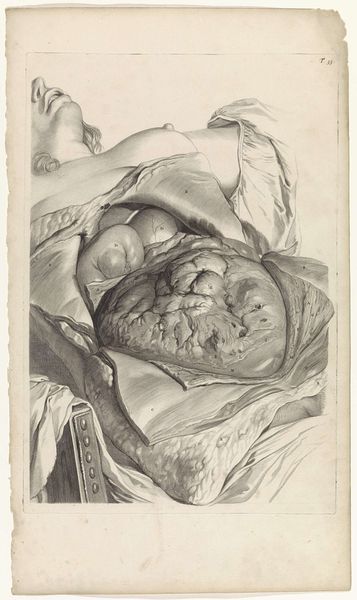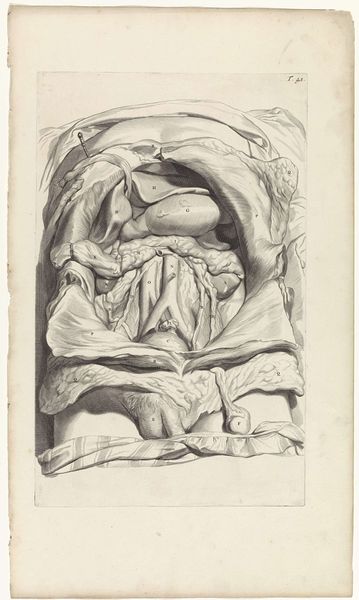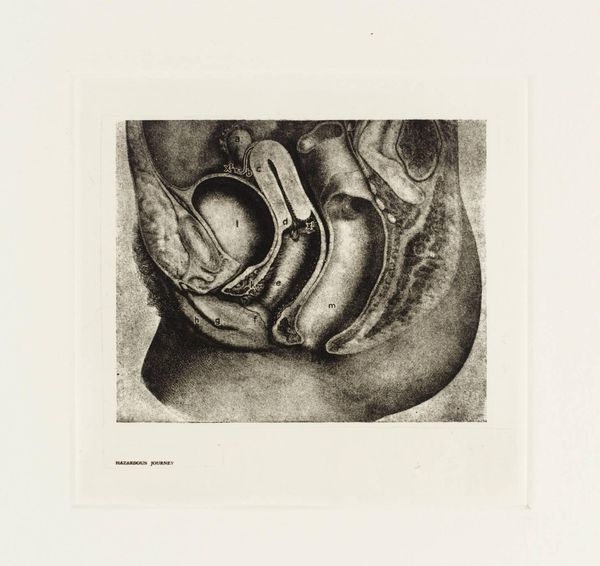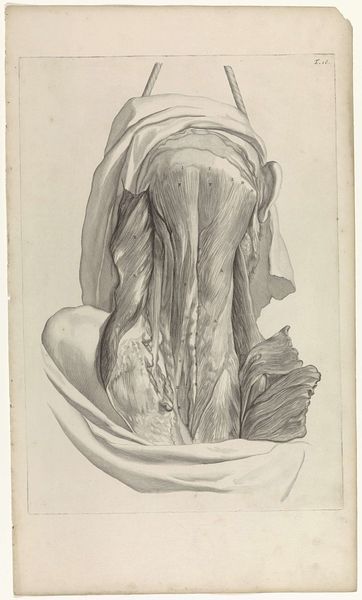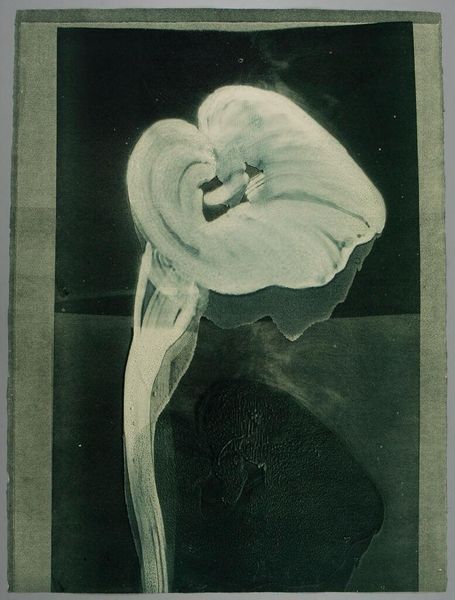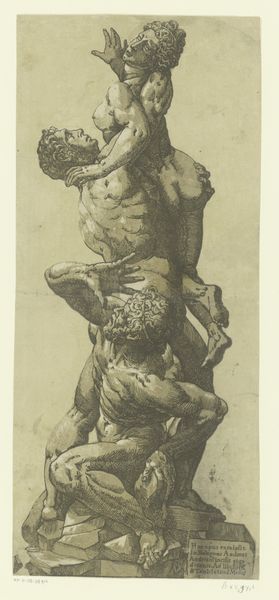
drawing, pencil
#
pencil drawn
#
drawing
#
pencil sketch
#
charcoal drawing
#
figuration
#
form
#
11_renaissance
#
pencil drawing
#
pencil
#
line
#
portrait drawing
#
genre-painting
#
history-painting
#
academic-art
#
nude
Dimensions: height 565 mm, width 412 mm
Copyright: Rijks Museum: Open Domain
This print of an anatomical study was made in the late 18th century by Thomas Burgess. The print is a mezzotint, a painstaking process of engraving that allows for soft gradations of tone, ideal for representing the delicate textures of human tissue. Consider how this image was made: first the plate would have been roughened with a toothed rocker, and then the image created by selectively burnishing areas smooth. The labour-intensive nature of the process is part of the point. Before photography, accurately disseminating medical knowledge depended on the skilled hand. This wasn’t just about scientific accuracy; it was about an aesthetic of precision. In its time, a print like this one wasn’t just a clinical tool, but a testament to both the engraver's skill, and the wonder of the human body, now opened to the cool, rational gaze of the Enlightenment. Seeing the skill embedded in this print helps us appreciate the labour-intensive nature of knowledge.
Comments
No comments
Be the first to comment and join the conversation on the ultimate creative platform.
